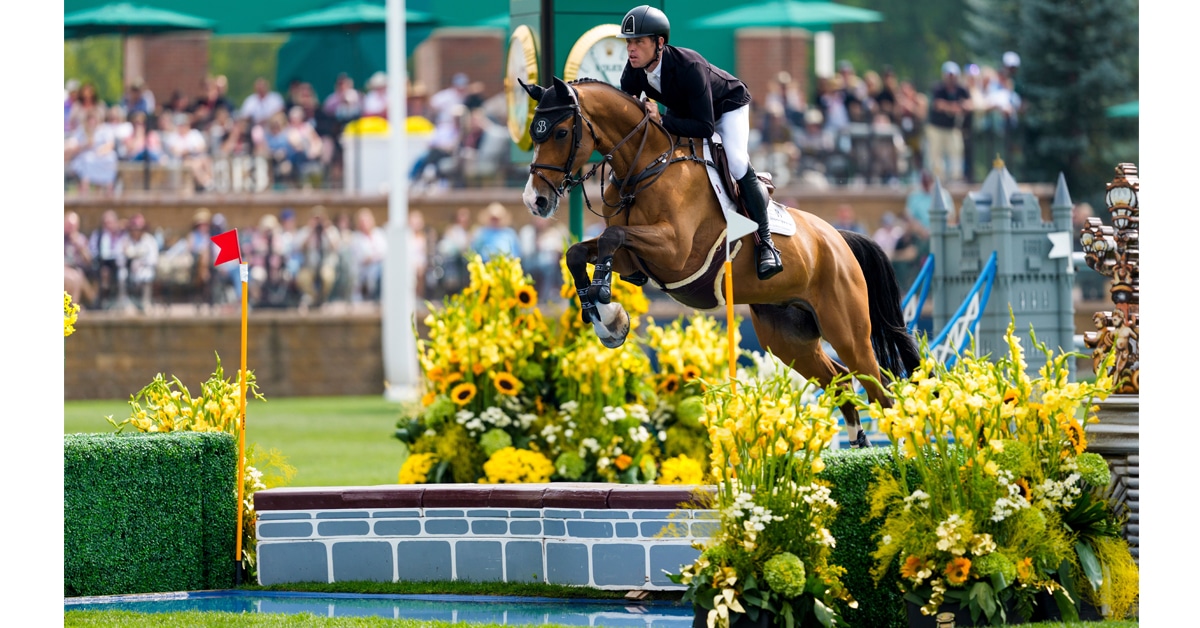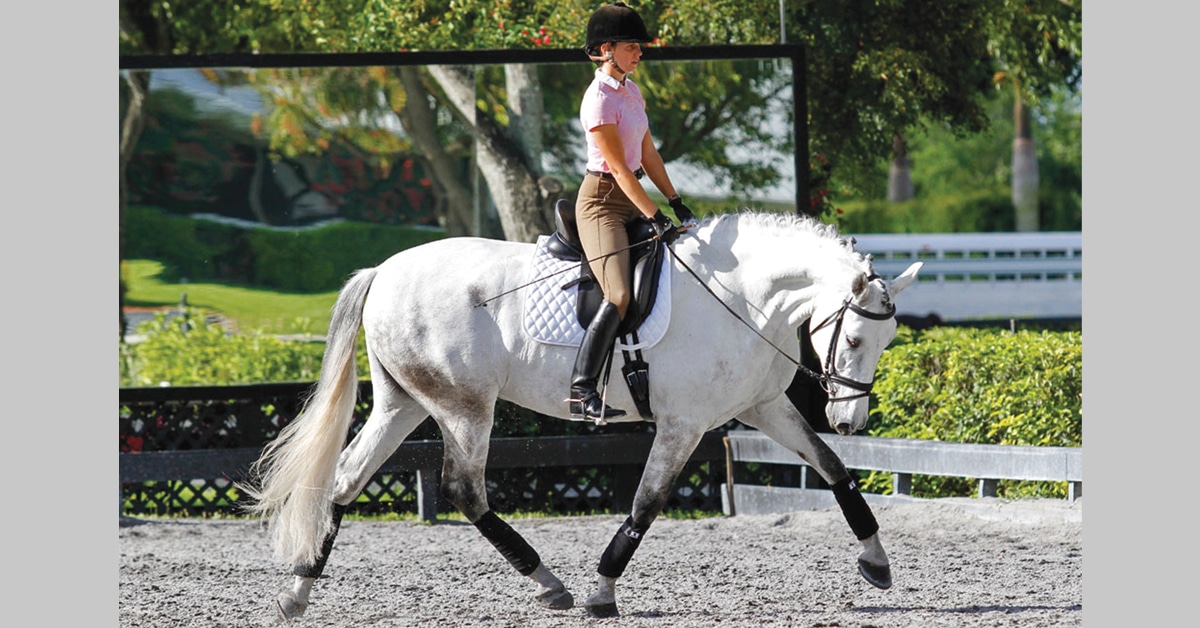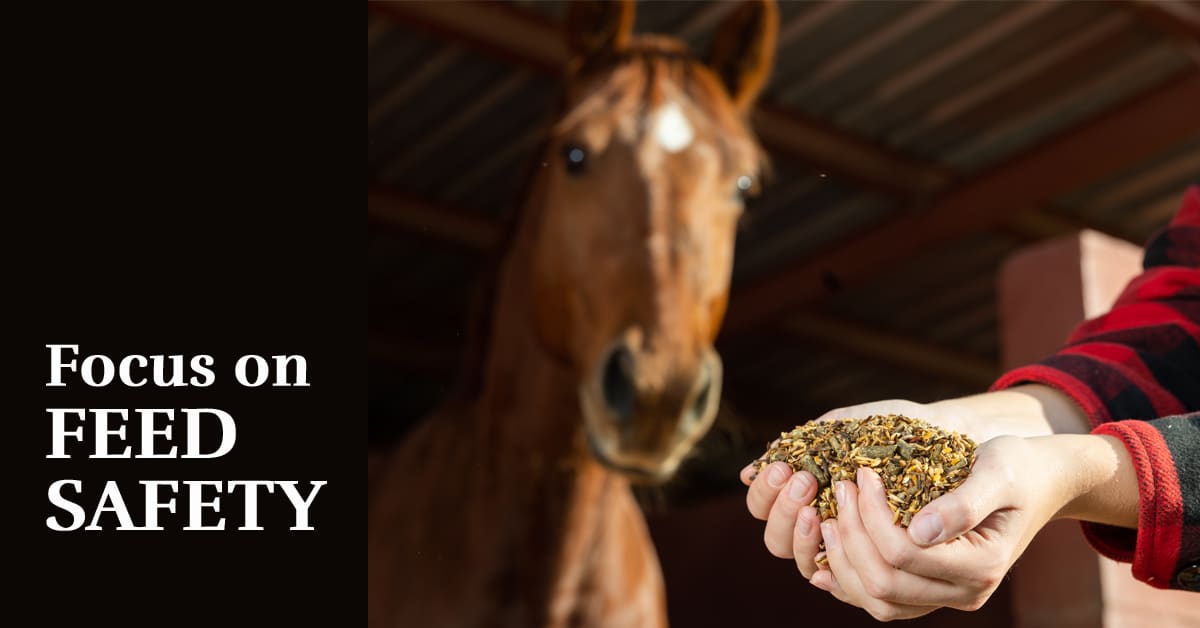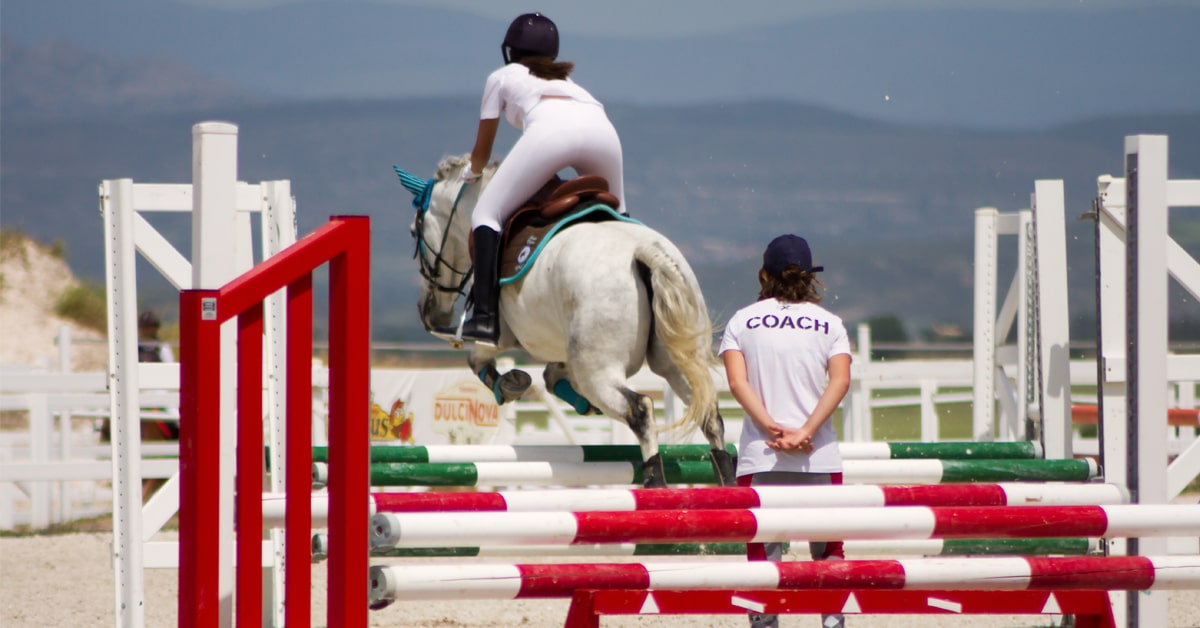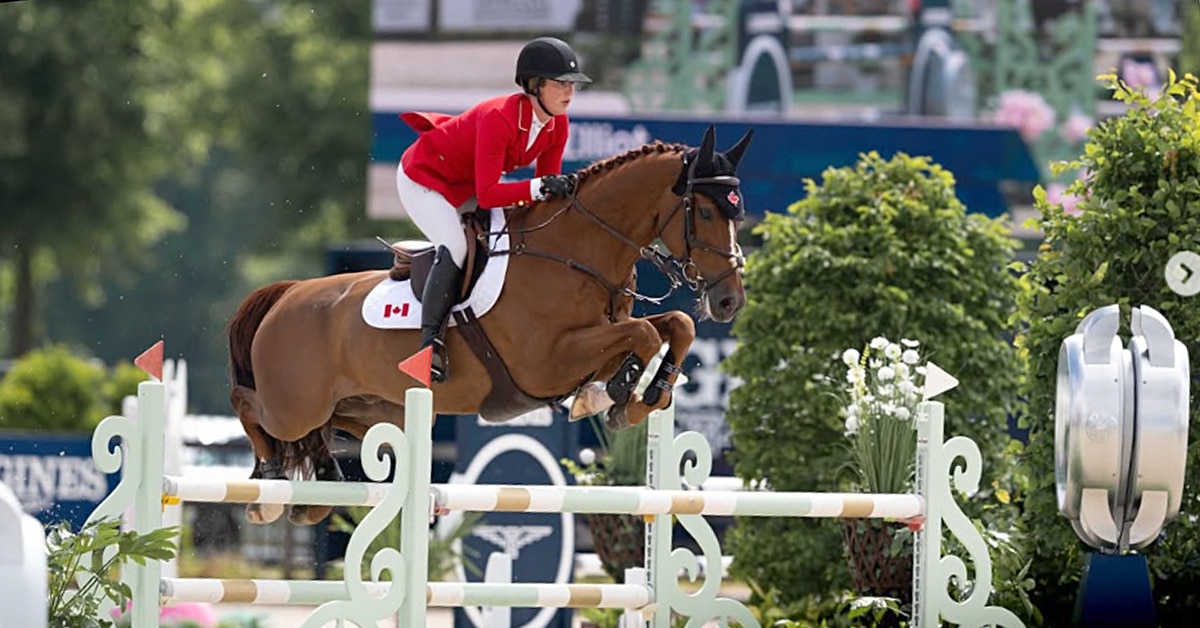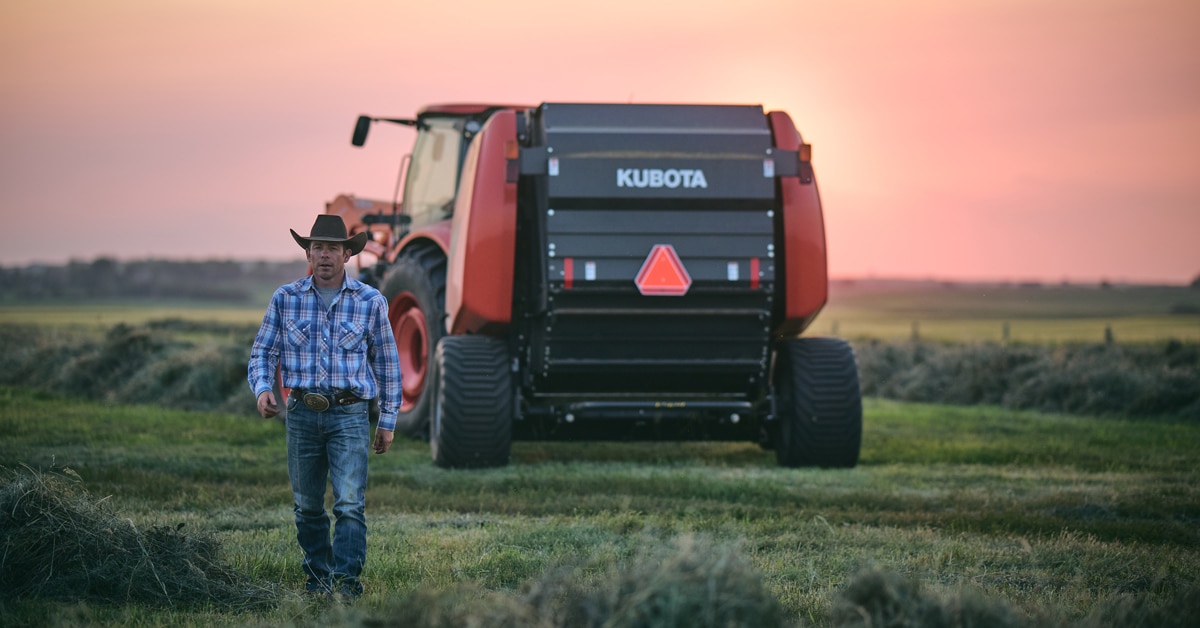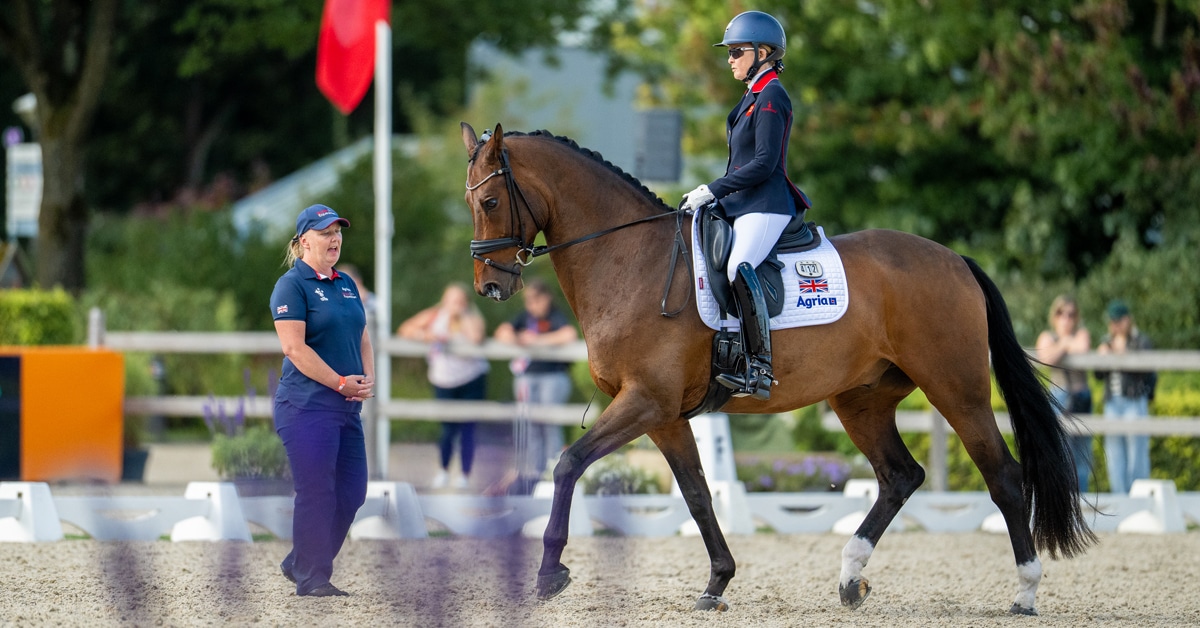Are you a tough or a tender rider? Different situations elicit strengths and weaknesses to emerge in people. The challenge is to first know yourself well, then ask yourself how you can move along the toughness continuum. You don’t need to throw yourself into the fire to become a tough rider, just go that little bit further than you are used to and you’ll find your strength increasing over time.
1. You accept that sport and life are not fair:
It is not fair that your horse suddenly went lame, but you can waste a lot of energy resisting what doesn’t seem fair. When you resist, you let your focus rest on what you cannot control and the elements that you can control, such as how you are approaching your ride, suffer. Your overall attitude tends to become negative and you wonder why things don’t seem to work out for you. Being tough means you accept that unfairness is part of your sport. When an injustice happens to you, give yourself a time limit to vent. Then power up your focus into a new goal that will give you an advantage.
2. You know what you are planning for:
A tough rider has goals mapped out that are challenging and possible, with larger goals broken down into daily training goals and habits. When you can ‘check things off’ you know you can feel good about yourself at the end of the day. This is how consistency, also the hallmark of a tough rider, is born.
3. You’ve got warrior thinking:
Tough thinking is not “I am the greatest rider ever!” Sometimes toughness is wrongly associated with arrogance or ego. When you don’t prove to be ‘the best ever’ or win what you told yourself you would, the resulting crash is often a hard fall. The resilient rider focuses their thoughts on what they can control: their task. This doesn’t mean that tough riders don’t need to give themselves encouragement now and again – but it’s done in a slightly different way. Instead of “I am the greatest!” it might be “You’ve got this, you have done this before.” Warrior thinking focuses on what you have inside to get the job done well.
4. Hard training, easy competition:
The tough rider seeks out ways to make training challenging so that competition will feel exciting instead of nerve-wracking. If you feel really prepared for what you need to do in that show ring, it will leave you free to strategize on that day and put your best forward. So be fitter than you need to be. Jump higher than required. Put in more hours at the barn, ask more questions. Become an “A’ student of your sport.
5. Get comfortable with being uncomfortable:
If you avoid hard training days by shutting down or giving up, you are missing a great opportunity. When you strengthen a muscle, you stress it, and then rest it, and the result is growth. You need to do the same with your mental muscle. Think of every ‘bad’ day as an opportunity to work through and get stronger. Become the kind of rider who loves to problem-solve. If your coach asks who wants to go first doing a new exercise, go for it. Whatever is your common response in a challenging situation, try inching your way just a little past that.
6. Become an expert mistake-maker:
Mistakes will inevitably happen. Sometimes you will need their assistance to further your learning; sometimes you need to let go of them fast. Observe resilient athletes you admire, and watch the way they handle frustration, disappointment, and losing. The comeback kids don’t get themselves tangled up in good and bad; they stay focused on pulling out whatever information they need to keep moving forward and on task.
7. You know your carrot:
There will be times when you are so tired you just want to lie down. Why do I have to train six days a week? Why do I have to ride this difficult horse? Know the answers: because I want to be stronger and have more endurance for the show season. Because I want to be able to ride all kinds of horses. Remember, you don’t ever “have to” do anything; choose why you “want to” and keep it close.
The Latest
